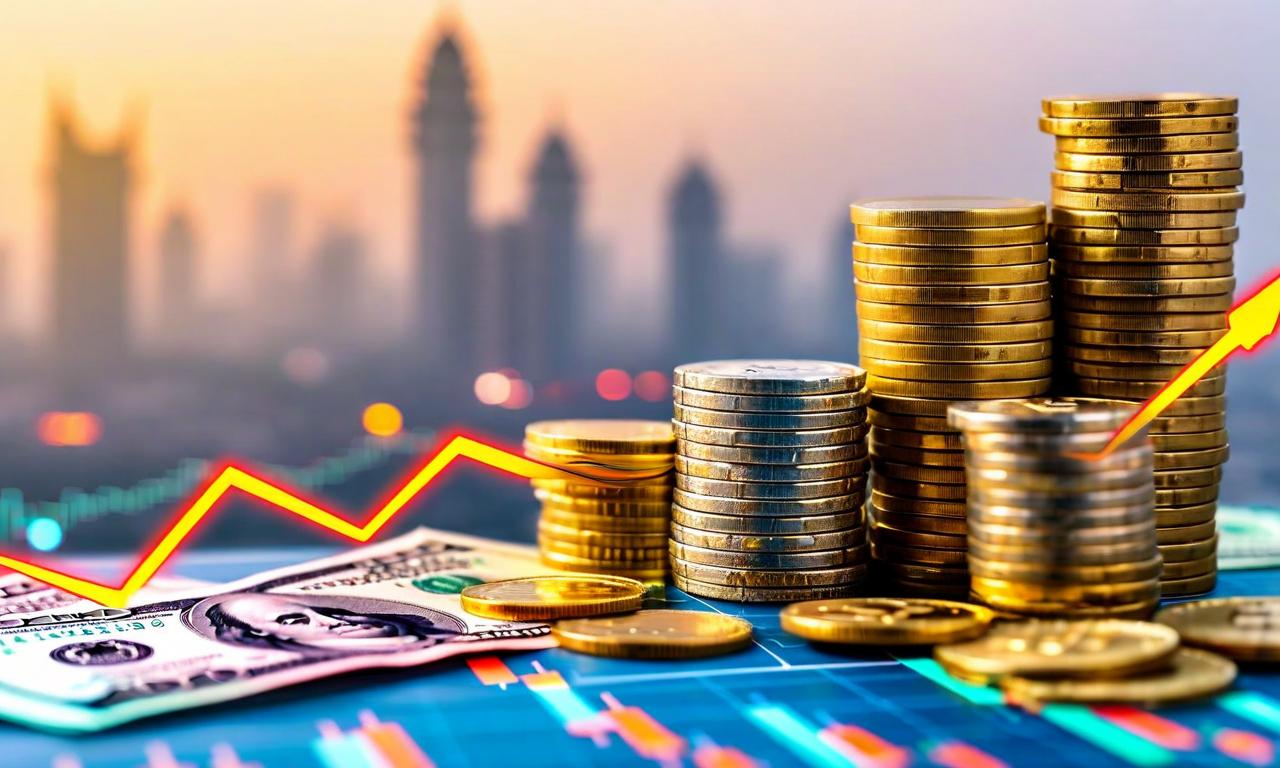India's Forex Reserves Surge by $1.5 Billion, Reaching $695.11 Billion
India's foreign exchange reserves grew by $1.49 billion to reach $695.11 billion in the week ended August 15. The increase was primarily driven by a $1.92 billion rise in foreign currency assets, which reached $585.90 billion. Gold reserves decreased by $493 million to $85.67 billion, while Special Drawing Rights and the reserve position with the IMF saw modest increases. This growth in forex reserves enhances India's ability to manage external financial obligations and supports overall economic stability.

*this image is generated using AI for illustrative purposes only.
India's foreign exchange reserves have seen a significant boost, growing by $1.49 billion to reach a total of $695.11 billion in the week ended August 15. This increase marks a positive trend in the country's financial stability and economic resilience.
Breakdown of Reserve Components
The growth in forex reserves was primarily driven by a substantial rise in foreign currency assets, which increased by $1.92 billion to $585.90 billion. This component forms the largest part of India's forex reserves and typically includes deposits with foreign central banks and holdings of foreign securities.
However, not all components of the reserves saw an increase:
| Component | Change | New Total |
|---|---|---|
| Foreign currency assets | +$1.92 billion | $585.90 billion |
| Gold reserves | -$493 million | $85.67 billion |
| Special Drawing Rights (SDRs) | +$41 million | $18.78 billion |
| Reserve position with the IMF | +$15 million | $4.75 billion |
RBI's Role in Forex Management
The Reserve Bank of India (RBI) plays a crucial role in managing the country's forex reserves. The central bank intervenes in the forex markets through dollar sales to prevent sharp depreciation of the rupee and maintain orderly market conditions. The RBI's interventions are aimed at managing volatility rather than targeting specific exchange rate levels.
Implications for the Indian Economy
The increase in forex reserves is generally seen as a positive indicator for the Indian economy. Higher reserves provide:
- A cushion against external shocks
- Enhanced ability to manage external financial obligations
- Increased confidence in domestic financial markets
- Support for overall economic stability
Conclusion
The recent uptick in India's foreign exchange reserves to $695.11 billion underscores the country's growing financial stability. While the increase was primarily driven by foreign currency assets, the mixed performance across different components of the reserves highlights the dynamic nature of forex management. As India continues to navigate global economic challenges, maintaining robust forex reserves remains a key priority for policymakers.

























